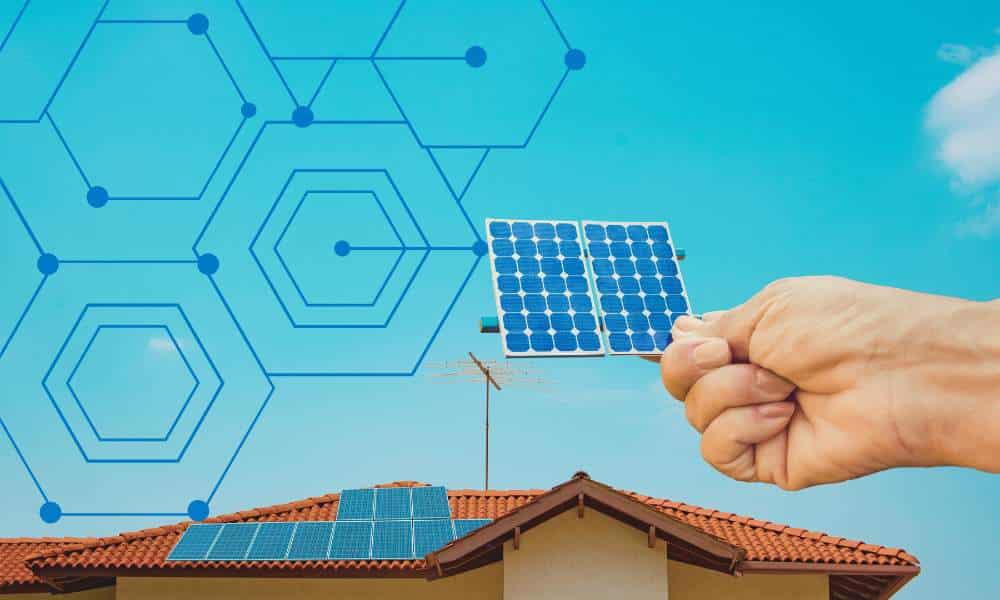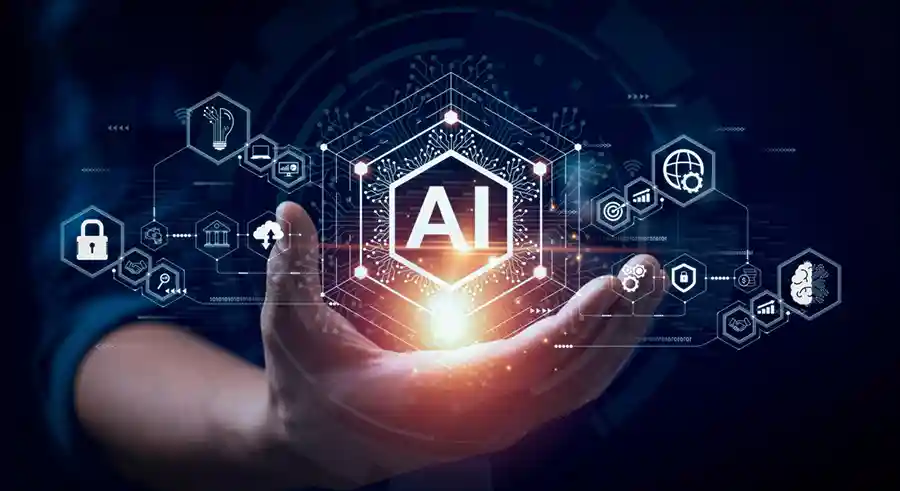Imagine a future where data centers run on living brain tissue instead of silicon chips. This isn’t science fiction anymore. Scientists in Switzerland are pioneering breakthrough biocomputing technology that uses actual human brain cells to create functional computers. These living machines could revolutionize artificial intelligence while consuming far less energy than traditional systems.
The emerging field of biocomputing represents one of the most fascinating intersections of biology and technology in modern science. Researchers are now successfully creating “wetware” – biological hardware made from living neurons that can process information similarly to conventional computers.
The Revolutionary Team Behind Living Computers
Dr. Fred Jordan and his team at FinalSpark, a cutting-edge Swiss laboratory, are leading this extraordinary scientific frontier. Their ambitious vision involves developing living servers for future data centers that can learn autonomously like artificial intelligence systems while requiring minimal electrical power.
According to recent developments in neurotechnology research, biocomputing could address one of the biggest challenges facing modern computing: energy consumption. Traditional data centers consume massive amounts of electricity, whereas biological neurons operate with remarkable efficiency.
How Biocomputing Technology Actually Works
From Skin Cells to Mini Brains
The biocomputing process begins with human stem cells derived from skin tissue. FinalSpark purchases these cells from a Japanese clinic, maintaining strict donor confidentiality. Interestingly, there’s no shortage of willing donors for this groundbreaking research.
Creating Organoids: The Building Blocks
Scientists transform these stem cells into human neurons in laboratory conditions. These neurons are then carefully assembled into small clusters called organoids – essentially “mini brains” that function as biological processing units.
Dr. Flora Brozi, a cell biologist at FinalSpark, works with petri dishes containing tiny white spherical structures. These organoids aren’t as complex as actual human brains, but they possess remarkable information-processing capabilities.
Connecting Biology to Technology
After months of careful cultivation, these organoids are connected to electrodes. This allows scientists to teach them to respond to simple computer commands. When someone presses a keyboard key, a mild electrical signal travels to the organoid. If the organoid responds correctly, activity appears on screen – similar to patterns seen in electroencephalogram (EEG) readings.
According to Dr. Jordan, scientists still don’t fully understand how or why these organoids react the way they do. Electrical stimulation represents just the first phase of this research. The ultimate goal is enabling these cells to learn, understand, and adapt like human brains.
The Challenge of Keeping Biocomputers Alive
No Blood Supply, Big Problem
Regular computers need electricity to function. But how do you keep a computer made from living cells alive? Scientists currently lack a complete answer to this critical question.
Professor Simon Schultz, a neurotechnology expert at Imperial College London, explains that organoids lack blood vessels. Real brains receive constant nutrition through blood flow to every region. Scientists haven’t yet developed structures that can replicate this essential biological system – representing the field’s biggest current challenge.
The Four-Month Lifespan
FinalSpark’s team has successfully maintained organoids alive for approximately four months. However, a fascinating phenomenon occurs as they approach death. Sometimes, just before dying, organoids exhibit sudden intense activity – remarkably similar to the surge in heart rate or brain activity humans experience in their final moments.
Dr. Jordan reports that his team has recorded between one and two thousand such events over the past five years. This raises profound questions about consciousness and the nature of biological computing systems.
Global Race in Biocomputing Research
Australia’s Gaming Achievement
FinalSpark isn’t alone in this field. In 2022, Australian company Cortical Labs made headlines by successfully teaching artificial neurons to play the classic video game “Pong.” This demonstrated that biological computing systems could master interactive tasks requiring real-time decision-making.
Johns Hopkins University’s Medical Focus
Scientists at Johns Hopkins University are developing their own mini brains to understand how human brains process information. This research proves particularly valuable for studying neurological conditions like Alzheimer’s disease and autism spectrum disorders.
Their approach focuses on medical applications rather than pure computing power, demonstrating biocomputing’s versatility across different scientific domains.
Future Applications and Artificial Intelligence Integration
Dr. Lena Smirnova, lead researcher at Johns Hopkins, emphasizes that wetware remains in early developmental stages. While tremendously exciting for science, it won’t replace silicon chips entirely.
“Biocomputing isn’t an alternative to silicon-based AI,” Dr. Smirnova explains. “It should work alongside AI to help us understand diseases more deeply and reduce animal testing in research.”
Scientists anticipate that artificial intelligence will actually accelerate biocomputing research. Machine learning algorithms could help decode how organoids process information and optimize their training protocols.
Environmental and Energy Benefits
One of biocomputing’s most compelling advantages involves energy efficiency. Human brains consume roughly 20 watts of power while performing incredibly complex calculations. Compare this to modern supercomputers requiring megawatts of electricity for comparable processing tasks.
If biocomputing technology scales successfully, it could dramatically reduce the carbon footprint of data centers worldwide. This aligns with growing concerns about technology’s environmental impact and the sustainability of current computing infrastructure.
Ethical Considerations in Living Computer Research
The development of computers from human brain cells raises important ethical questions. When does a collection of neurons become something more than just biological material? These mini brains don’t possess consciousness, but their existence challenges our understanding of what separates machines from living beings.
Dr. Jordan acknowledges these philosophical implications: “When we use neurons like machines, it raises questions about what we ourselves actually are.”
Research institutions maintain strict ethical guidelines for biocomputing work, ensuring donor consent and preventing the development of systems that might possess unwanted consciousness or sentience.
The Road Ahead for Biocomputing Technology
Wetware technology remains in its infancy, but progress accelerates rapidly. Current limitations include short organoid lifespans, lack of blood supply systems, and incomplete understanding of how these biological systems process information.
However, breakthroughs continue emerging. Scientists worldwide collaborate to overcome these challenges, sharing findings and building upon each other’s successes. The next decade could see biocomputing transition from laboratory curiosity to practical application.
For those interested in following developments in Nepali technology news and scientific advancements, resources like Singhadarbar provide regular updates on cutting-edge research and innovation.
Conclusion: A Living Future
Biocomputing represents a paradigm shift in how we think about computers and computation itself. By harnessing the incredible efficiency and adaptability of biological neurons, scientists are creating systems that blur the line between machine and organism.
While challenges remain, the potential benefits – from energy efficiency to medical breakthroughs – make biocomputing one of the most exciting frontiers in modern science. As research progresses, we may indeed see a future where living computers work alongside traditional technology, each contributing their unique strengths to solving humanity’s greatest challenges.




















Comments